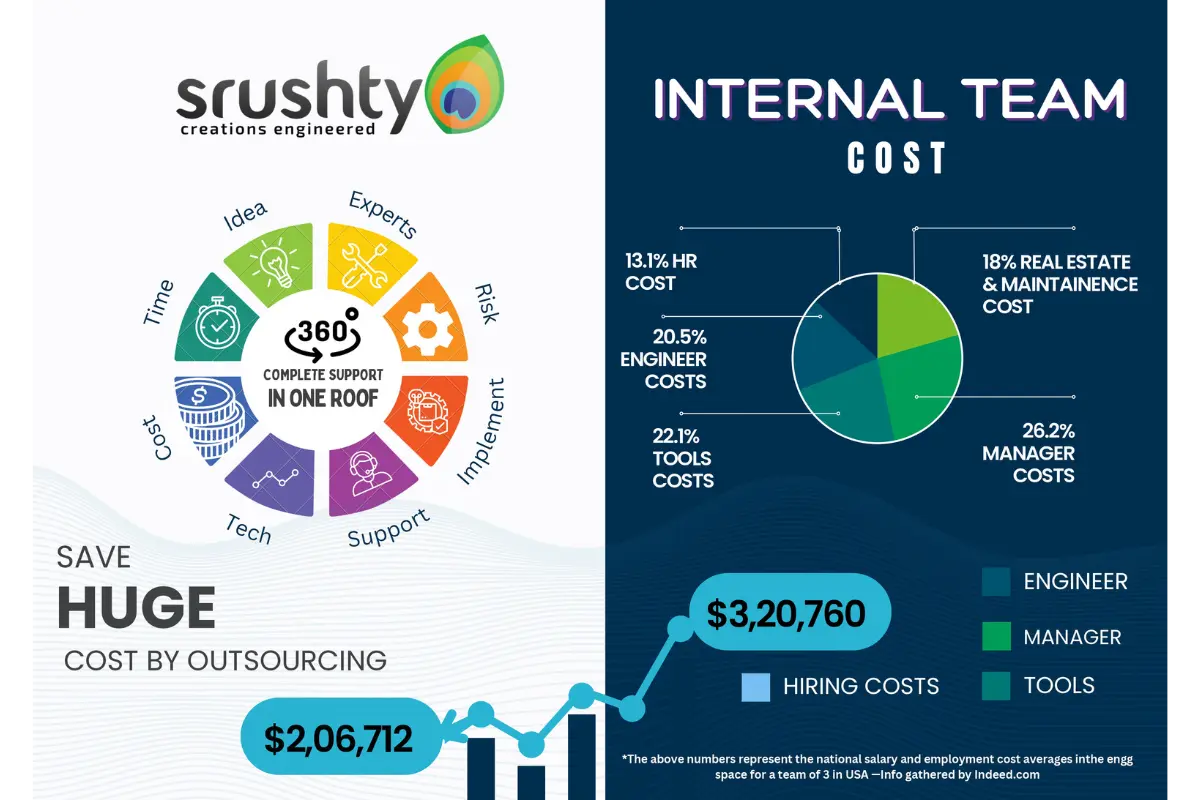With the advent of technological advancements, low-power design has emerged as a crucial technology for the present and future of electrical and electronic design.
Gadgets, devices, and tools require power to function. They are designed to speed up and simplify tasks through their operation. The costs associated with these devices, including their purchase price, power consumption, maintenance, and disposal, should be kept within limits or at an affordable level. That’s where low-power design plays a crucial role. Let’s delve into the specifics!
Why Do We Need a Low-Power Design?
As you know, sources of power we rely on; such as coal, oil, and gas, are becoming increasingly scarce. The prices of these fuels are rising due to their limited availability. Additionally, the pollution caused by their consumption is drastically affecting the environment. Considering the costs associated with devices, maintenance, and eco-friendly design, Low Power Design emerges as a viable solution.
Low Power Design reduces the complexity of device functionality, simplifying the overall design. As a result, devices become smaller and sleeker due to this functional simplicity. Additionally, low-power designs eliminate the need for power modules and heat ventilation systems, such as cooling fans and heat sinks, further reducing device size.
How Do We Reduce Power Consumption in Low Power Design?
For example, consider a remote device connected to the internet via wireless technology that updates data to a server, consuming 1 watt of power per hour. Over a day, this device uses 24 watts. If we have 100 devices across a monitoring network, the total power requirement is 2,400 watts per day.
With a low-power design, we can control power consumption as follows:
- The device connects to the server wirelessly at specific time intervals and spends the majority of its time in sleep mode to conserve energy.
- It takes the device approximately 5 to 10 seconds to wake up and connect to the server.
In this approach, the power required to send data through the wireless network is significantly higher when compared to the power used during timer-based data transfer, allowing the device to remain in sleep mode most of the time.
By implementing this strategy, each device can reduce its power consumption by approximately 2 watts per day. Consequently, the total power requirement for all 100 devices drops to 200 watts per day. This is how low-power design works.
How Do We Achieve Low Power Design?
Low Power Design involves the implementation of various techniques and methodologies aimed at reducing both dynamic and static power consumption in electrical and electronic designs:
- Clock Gating: This method restricts the clock signal only to active circuit modules, thereby reducing power consumption.
- Power Gating: This approach restricts power flow to inactive circuit modules, further decreasing power requirements.
- Dynamic Voltage and Frequency Scaling (DVFS): This technique adjusts the voltage and frequency according to the workload of the circuit modules, resulting in lower power needs.
- Multi-Vt (Threshold Voltage) Methods: Using different threshold voltage transistors helps avoid unnecessary power leakage, conserving energy.
- Firmware Development: Creating algorithms with fewer hardware requirements also contributes to lower power consumptions
- Thermal Management: Keeping thermal effects within limits is crucial for low power requirements. For instance, using PWM (Pulse Width Modulation) technology to supply power to a load reduces both power consumption and heat generation in the circuit.
What Are the Benefits of Low Power Design?
The main advantages of low-power design include,
- Energy Savings: This is particularly beneficial for energy-harvesting applications, such as solar, thermal, and wind energy conversion and storage.
- Cost Reduction: Operating circuits or devices with exact power requirements significantly reduces costs, including hardware expenses.
- Reliability: Utilizing the latest technology in integrated chips and effective firmware control leads to more reliable devices.
- Extended Battery Life: Battery-powered devices experience longer lifespans due to slower discharge cycles.
Cumulatively, low-power design helps create electronic gadgets that are smaller, more portable, and adaptable to various environments. Additionally, the use of easily recyclable parts contributes to a more eco-friendly life. Embracing low-power design is essential for fostering sustainable practices in electrical and electronics design, ensuring that we meet the needs of today while paving the way for a more efficient and eco-friendly future.
Do you want to talk to an expert to create a low-power design? Talk to us today!
AUTHOR
Thirunavukkarasu Thoondi
Research & Development Engineer, Srushty Global Solutions
As a Senior R&D Engineer, he brings over 30 years of extensive experience in driving technological innovation and leading the development of high-performance products. Passionate about collaboration, he works closely with cross-functional teams to ensure that R&D efforts align with business goals. He excels in designing experiments, validating prototypes, and mentoring junior engineers, fostering a culture of creativity and continuous improvement. Outside of his engineering pursuits, he enjoys doing it which further fuels his drive for innovation and excellence.













